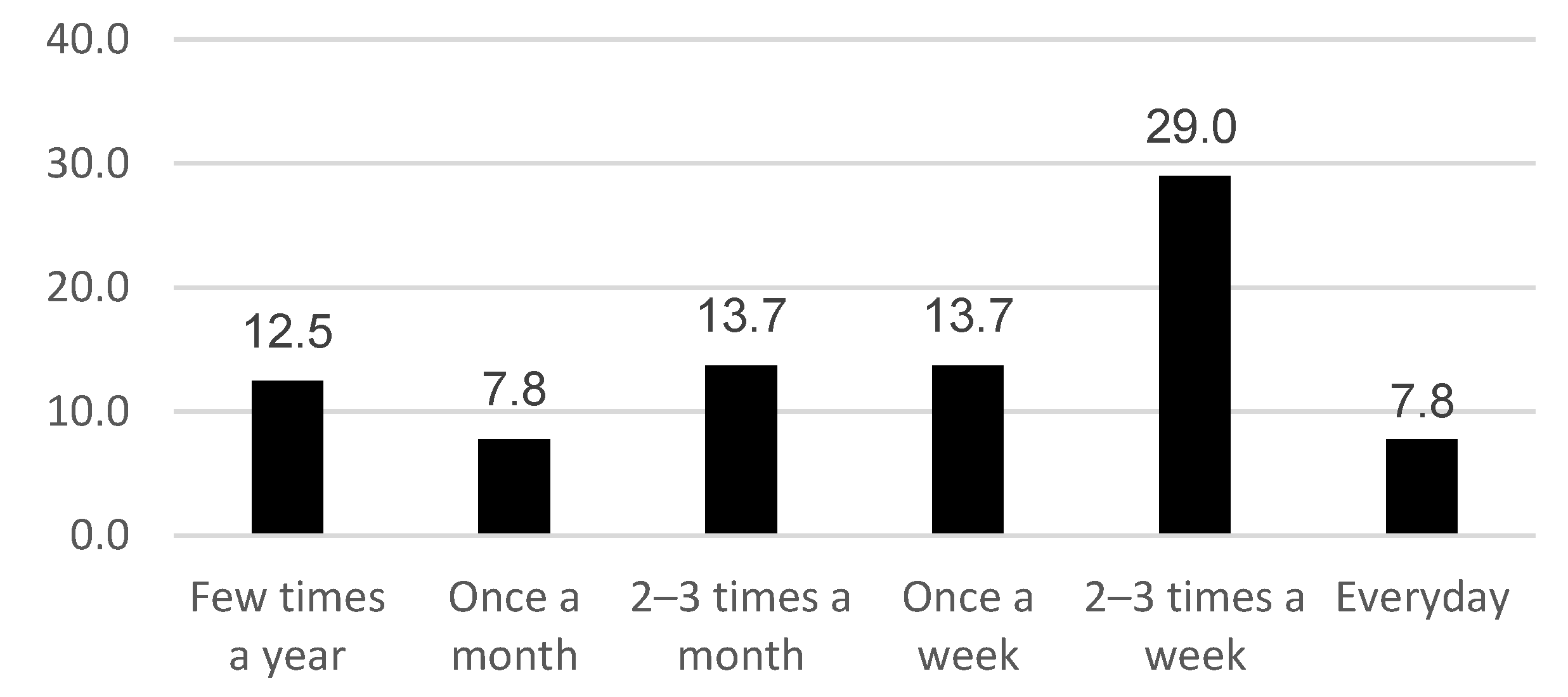

- #VISUAL BASIC POWER PACK 10.0.0.0 UPDATE#
- #VISUAL BASIC POWER PACK 10.0.0.0 FULL#
- #VISUAL BASIC POWER PACK 10.0.0.0 CODE#
- #VISUAL BASIC POWER PACK 10.0.0.0 DOWNLOAD#
Then on December 28th, security researchers at Checkmarx published findings of another RCE present in Log4J 2.17.0, one which requires the attacker have permissions to update the logging configuration and, when successful, can yield RCE. Tracked as CVE-2021-45105 (and with a “high” CVSS score of 7.5), this vulnerability appeared to affect Log4J versions 2.8 through the most recent 2.16.0 release, and was fixed in versions 2.17.0 (for Java 8) and 2.12.3 (for Java 7). While Apache released fixes to CVE-2021-44228 in Log4J version 2.15.0, it was discovered these fixes were “incomplete in certain non-default configurations”, allowing for exploitation in certain circumstances (tracked as CVE-2021-45046 (with a “critical” CVSS core of 9.0), leading to a Log4J 2.16.0 release to address CVE-2021-45046.įollowing that release, a new vulnerability was raised which can yield a denial-of-service attack via infinite recursion. Unfortunately, a modern version of Java may not be enough to prevent exploitation, as the application itself may expose classes that can be used to run arbitrary code. This path is partially mitigated by the use of newer Java runtimes that block the URL-based class loader by default.
#VISUAL BASIC POWER PACK 10.0.0.0 CODE#
The first examples of this used the $ path, which could lead to arbitrary code being loaded from a remote URL. The most significant impact is that an attacker can cause a string to reach the logger, that when processed by Log4J, executes arbitrary code. This issue is widespread because many developers were unaware that Log4J was dangerous to use with unfiltered input. This particular vulnerability - tracked as CVE-2021-44228 with the maximum “critical” CVSS score of 10 - resides in Log4J’s lookup capability, combined with JNDI (Java Naming and Directory Interface). Internet discussion was abuzz on December 9th about an 0-day vulnerability that can yield remote code execution (RCE) in Apache’s popular Log4J logging library for Java. Rumble is not a vulnerability scanner, but you can share Rumble’s results with your security team for investigation and mitigation. svg mime type to your application's web.Rumble can help you build an up-to-date asset inventory and search for assets that may be affected by Log4J vulnerabilities, such as Log4shell. For more information, visit the following blog:
#VISUAL BASIC POWER PACK 10.0.0.0 DOWNLOAD#
Note IIS 7.5 Express is not included in SP1, and you must download it separately. Services (IIS) 7.5 Express as the local hosting server for the website Visual Studio 2010 SP1 enables you to use the Internet Information
#VISUAL BASIC POWER PACK 10.0.0.0 FULL#
You will need Visual Studio 2010 Service Pack 1 to take full advantage: If you don't have IIS 7.5 Express installed you can get it from here: In Visual Studio check that you're using IIS Express by opening your site's project properties and selecting the "Web" tab from the vertical tab list: This is probably what's causing the browser to prompt to download. svg file as: Content-Type: application/octet-stream

Setting MIME types using the ASP.NET Development Server I wrote up an answer to a similar problem on Stack Overflow a while back: The built-in Visual Studio web server only has a limited set of mime-types it can serve and has no knowledge of mime types you set for IIS7. If this was being served by IIS7 then we'd see: Server: Microsoft-IIS/7.5 ***įor the record, here is useful Q&A for Fiddler:įrom your Fiddler trace it appears that you're serving your pages using the built-in Visual Studio web server: Server: ASP.NET Development Server/10.0.0.0 *** FIDDLER: RawDisplay truncated at 128 characters. Server: ASP.NET Development Server/10.0.0.0

WireShark won't work (it is in documentation), I tried also RawCap, but it cannot trace my connection (odd), luckily Fiddler worked: I already defined mime type in IIS (for entire server - "image/svg+xml") and restarted IIS. If I type the address of this svg (from localhost, not as a local file) - browser tries to download it instead of displaying. aspx page and launch it dynamically from Visual Studio I get alt text. If I type the address of this svg - it is displayed.īut when I make this as. If I make this page as static html page and view it directly svg is displayed. Let's say I have a simple web page with svg image in it:


 0 kommentar(er)
0 kommentar(er)
